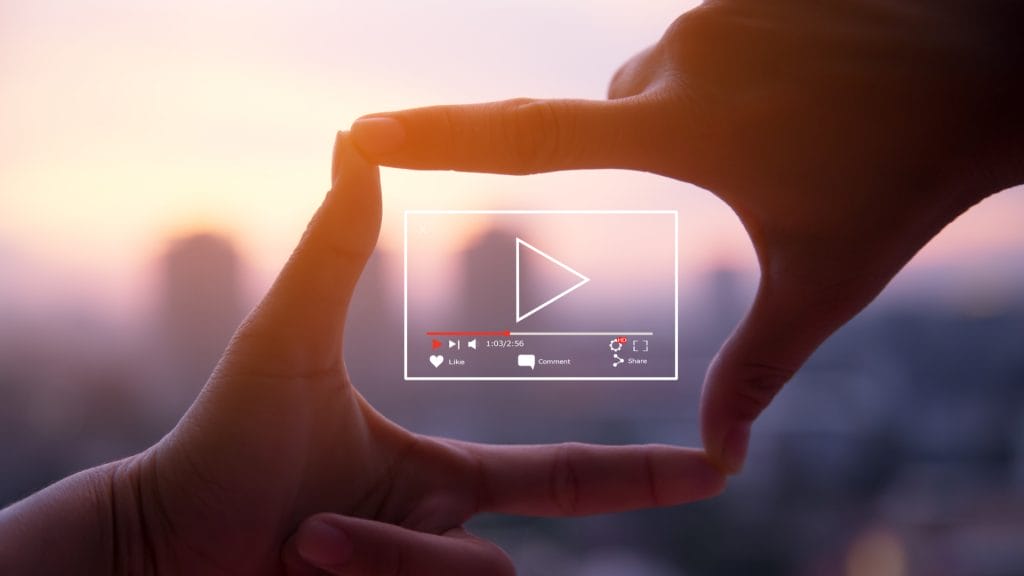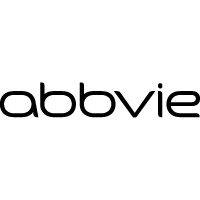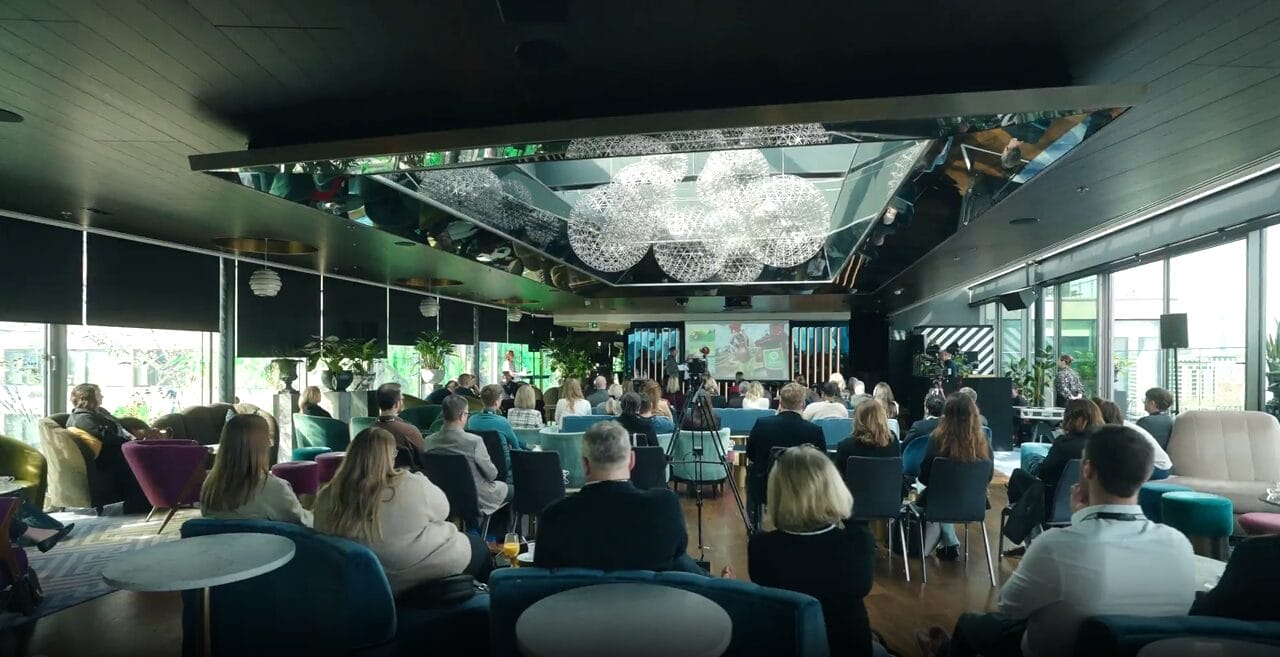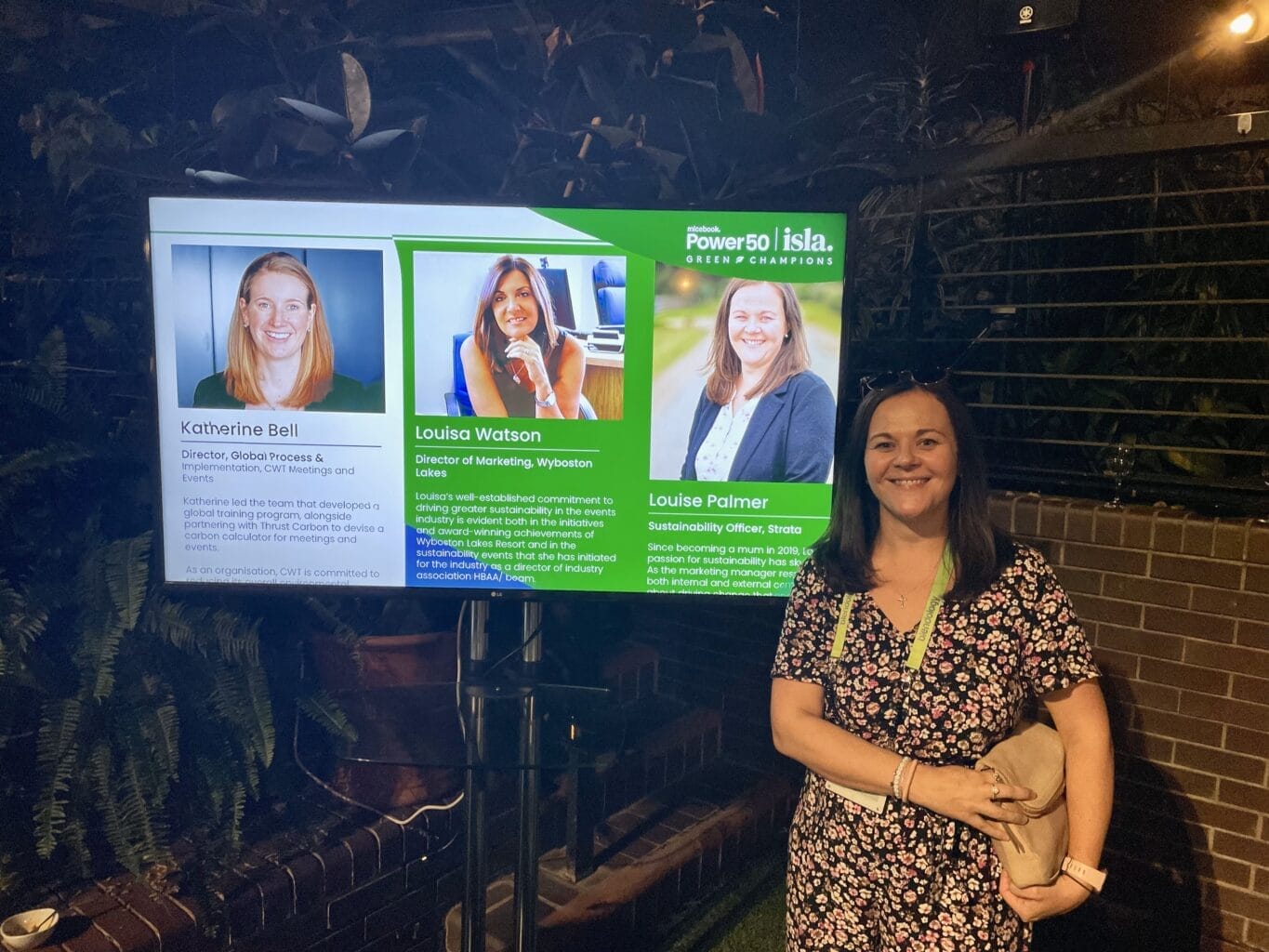
So, you need to deliver some brand communications now, and you want to reach more than 30 people. How can you do that whilst staying COVID-secure? Enter – the hybrid event.
What is a hybrid event?
A hybrid event is a live in-person experience, combined with a virtual element that is streamed out to a wider audience connecting online. The virtual audience may be the other side of the world in their living room, or they may be at home on their sofa. The benefit of a hybrid event is that you can reach more people through different content streams, in-person or online.
As with events in general, hybrid events can be produced in varying formats. We’ve produced hybrid events for audiences from 15 to 500, and used a variety of platforms including traditional webinar software and more recently live streaming through social media.
There are multiple platforms available for the virtual element – with even more emerging in the current situation. Many brands have taken to live streaming through social media over the last few months and this works well for consumer content, but you are limited on the interaction methods.
For business events anything is possible; from a traditional ‘webinar’, through to a fully virtual ‘The Sims’ style online event city. The key is finding what will work best for your audience and allow you to deliver your message successfully.
Why should I consider a hybrid event instead of going fully virtual?
If live events did not provide value, virtual events would have taken over a long time ago. They have had a foot in the market for some time now, indeed at Strata we have been delivering hybrid & virtual experiences for the last 20 years. But, there is a reason we all still make the effort to travel and attend events in person.
There are obvious drives to attend iconic events such as Glastonbury Festival and The Olympics. They are immersive experiences that simply don’t have the same impact for the viewer at home compared to those in the crowd. But smaller scale experiences and business events still entice guests to attend in person. The immersive 360 experience of a live event cannot be replicated through a computer screen. It is that simple.
Obviously right now virtual experiences might be simpler to plan, and it avoids the obvious restrictions and hurdles to overcome. But going hybrid gives your audience flexibility and the power of choice in an ever-changing environment.
It’s clear some of us are more relaxed than others when it comes to being out in public at the moment, so allowing your audience the choice of attending in person, or virtually, is a great way to engage both of those groups successfully.
Are hybrid events successful?
One of the biggest challenges to delivering a successful hybrid event is to engage both audiences to the same level throughout the experience.
When you’re physically at an event, all of your senses are engaged and active. Everywhere you look there is something new that intrigues, and you have minimal distractions taking your thought process elsewhere.
If you’re engaging with something virtually however, a large amount of the sensory touch points are removed. Meaning your experience is ultimately less, compared to those in the room. Added to that, you have real life distractions to contend with, like that parcel delivery or the neighbour’s dog barking. Therefore, you have to work hard to keep your virtual audience engaged throughout, maybe even harder compared to your audience in the room.
How do you keep both audiences engaged?
This is the million-dollar question, and something that completely depends on your objectives, audience, and platform.
Firstly, you need to successfully engage with your audience, which is a task itself for any event. Then, you need to factor in the different audience platforms – live and virtual.
You could split your audiences into two groups and communicate with them almost separately. However, that requires two streams of content and in some ways double the work. This can be an effective approach, but if your objective is to bring your whole audience together, then this will not help to achieve that. Usually the best approach is one cohesive communications plan with supporting comms to each group, appropriate to their experience.
Is the ‘live’ element important for those connecting virtually?
“Why can’t you just record it and post it online for someone to watch later?” This is a question we have received from our clients multiple times. Sure, this is an option, but to ensure a high level of engagement, you need to give your audience a reason to join now. Otherwise it will be added to the list of things to do later and swiftly forgotten about.
Ask yourself this. If you’re doing exercise, are you more motivated when you’re working out in front of other people at a gym class? Or, if you got involved in PE with Joe Wicks during lockdown, did you ever say to yourself, “I’ll watch it later”, rather than join the live stream? If so, how many times did you actually do that days PE lesson later?
We are motivated by others and get a sense of belonging when we do something together. This same ethos applies to events, whether that is an in person experience, or a virtual one. Nothing beats the power of a live experience.
What about the in-person part? How do I deliver that in the current situation?
If you are unsure how to deliver the in-person element, then we have written a practical guide to socially distanced events, and you can find out more in our previous article here.
We have also put together a guide to protecting your brand and reputation when hosting live events in the current situation which can be found here.
So, if you have plans to host a virtual, live, or hybrid event in the coming months but are unsure how to approach planning it, then get in touch and see if we can help.
Explore Our Blog
Our Clients




































Let’s have
a chat!
Every brand touchpoint is a moment that matters. A chance to strengthen your message with clarity and relevance. To make your audience feel like they're part of something extraordinary, get in touch.







